The Secret Sauce of Leadership

The secret sauce of leadership: Connection.
Connection is more than plugging in a lamp and turning on the light. Yes, there’s an electrical current which flows due to the connection of the outlet and the power cord, but what is that magic which moves the current in such a way that it will illuminate the room?
Perhaps I’m a bit bias (ok a lot…), but when I think about what skills and traits we need in our culture to develop and inspire our team members, I look to horses. If you have met me before now, you won’t be a bit surprised by this statement, but if this is the first time you’re reading anything I’ve written, let me explain:
Humans are interesting mammals. We are a mixture of predator and prey. We have eyes at the front of our head: predator. We do not have fangs or claws: prey. However, most predators and prey can be found in groups: whether that’s a herd or a pack depends on the animal. Humans are no different. There are mammals of course who survive just fine in isolation, but humans are not one of them.
We have herd/pack tendencies and lean on them much more than we are conscious of. One example is our ability to mimic. If you’re a younger sibling like me, you often frustrated your older sibling by being a “copycat”. This is found in nature quite a bit when it comes to herd/pack groups. We do this to show we are a part of you, so don’t eat me. Many of us will pick up mannerisms, vocal inflections, even accents of others we spend time with as a way of showing “we belong”. Additionally, it’s long been proven that those who live in isolation have much shorter life spans than those who have connections with other humans and/or mammals such as dogs, cats, etc.
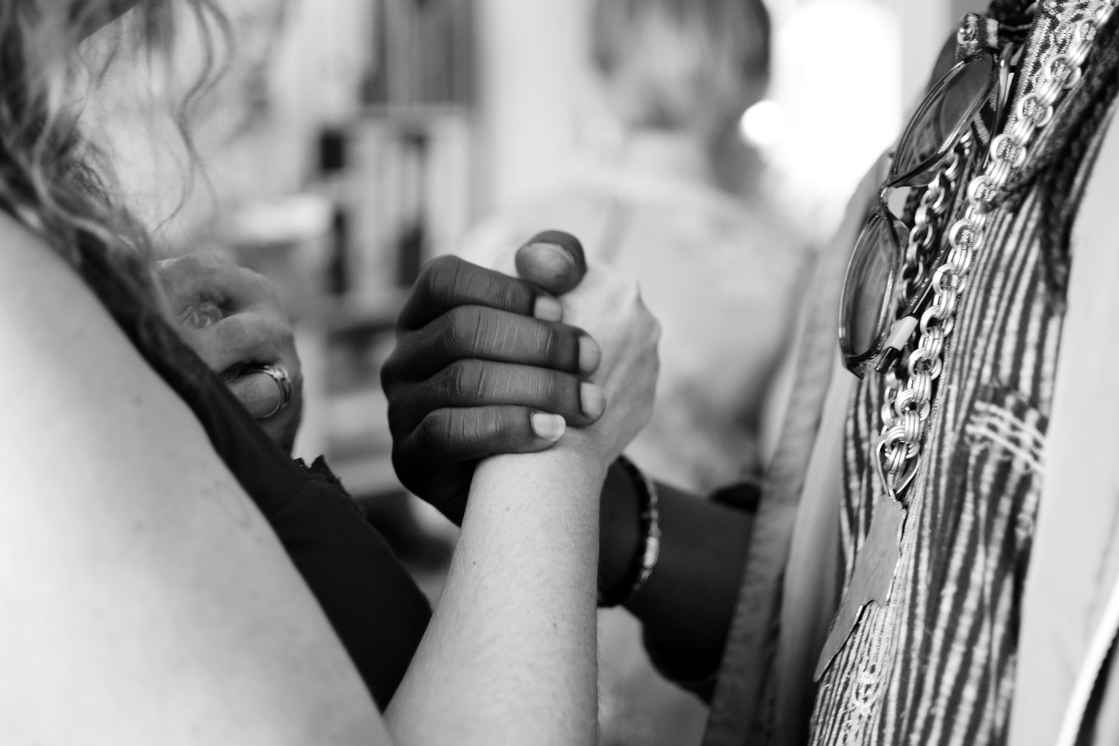
Horses are prey animals, but don’t let that lull you into a sense of security as they are also very well equipped to defend themselves should the need arise. They travel in herds, and isolation will also shorten their life span. They too will mimic the herd behavior to create belonging, and they remain curious about their environment as a way to continuously adapt for survival in changing landscapes.
We have much in common with them, and much more we can learn about how to show up in our human herds based on how they have survived for thousands of years in their horse herds. If you have ever studied horses long enough, you will understand how their behaviors can hold meaning for us. If you haven’t had the opportunity, I strongly encourage you to do so.
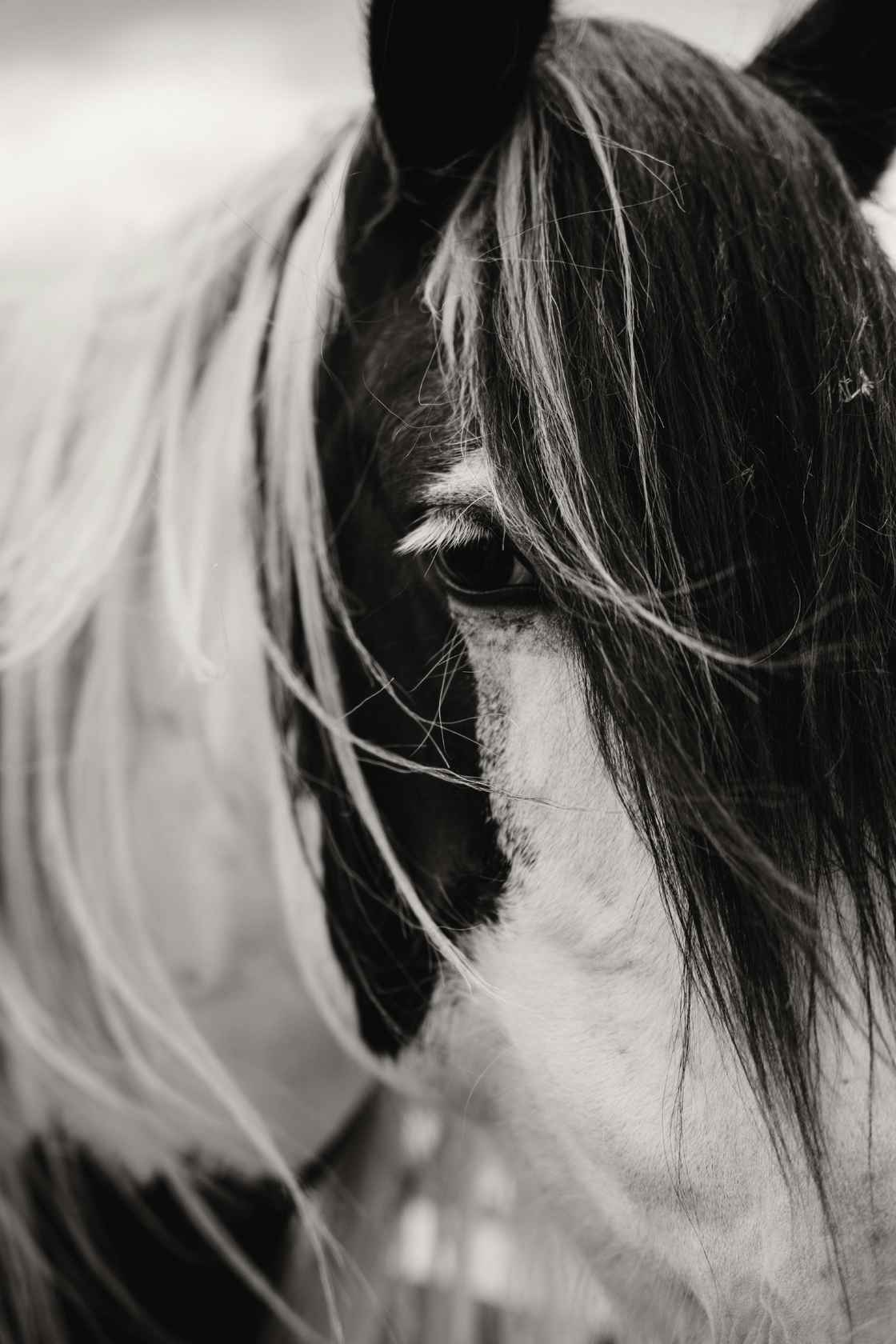
It is my long-held belief that the horse/human bond is similar to the dog/human bond with regard to being co-companions in this journey of life. Dogs are there to remind us of who we are, and horses remind us of who we are becoming. They have traveled alongside humanity for hundreds of years, working for us, working with us, sacrificing themselves to build our cities and defend our borders.
Then, a new generation in our relationship was ushered in after we moved to gas powered vehicles, and the horse/human relationship shifted to recreation. Compared to the battle fields and the coal mines, this is a step up for the horse! However, it wasn’t always rosy. We still approached our relationship to horses as if we are a pack instead of a herd. There was dominance, hierarchy, and capital punishment up to and including death for non-compliance. For the most part, we are moving away from this model, but then when we can’t figure it out, we simply toss them aside. From one extreme to another.
What does our relationship with horses say about humanity as a culture? I would like to think it’s very positive! I know, that sounds strange after my last historical reflection, however, I’m seeing an evolution in humanity which is reflected in how we show up in relationship to horses. In the last 20 years or so it seems to me we have begun to look at horses as sentient beings, with their own mind, and perhaps something to teach US instead of us always teaching them. I’m not saying we have it right, but for right now it will do.
This new era of the horse/human bond is showing up in different ways, but with regard to the topic at hand, I would like to circle back to connection in leadership. Leaders over the industrial age and forward were hierarchical managers with a focus on top-down dictation of power-over. This was an efficient and effective model for getting things done quickly, with little argument. The CEO knew what was needed, and everyone else just needed to get it done.
I can respect this approach to a degree. Our military has a flavor of this and it has been successful for them for a very long time. There’s very little that can be put to a committee when bullets are whizzing by. However, in the new era of industry which relies on different technologies and innovative approaches which change with the season, agility is needed in new and unique ways. To create these new approaches in record time, we cannot rely on one mind to think of it all, see it all, and do it all. They need help.
In horse herds, leadership is shared. Just when you think you have roles figured out, you will see a horse do something “not in their job description” to help the herd, and you’ll question your prior appraisal. What we’ve learned through observation of horses is that this model is best suited for long-term survival over changing landscapes. The key to their success is in the horses which are chosen to lead. These horses hold very specific skill sets which make them successful in creating trusting relationships within the herd.
So, when it is time to move, the committee doesn’t need to convene, they did that when the leader was chosen. They just simply follow their lead. The vetting process was already complete. However, if that leader is otherwise engaged, or off their game, another equally qualified leader will step up and move the herd. There isn’t an argument, no one is written up or sent to HR, and feelings aren’t hurt. The health and survival of the herd is most important, and each leader knows the other leaders have their back. They work together, in concert.
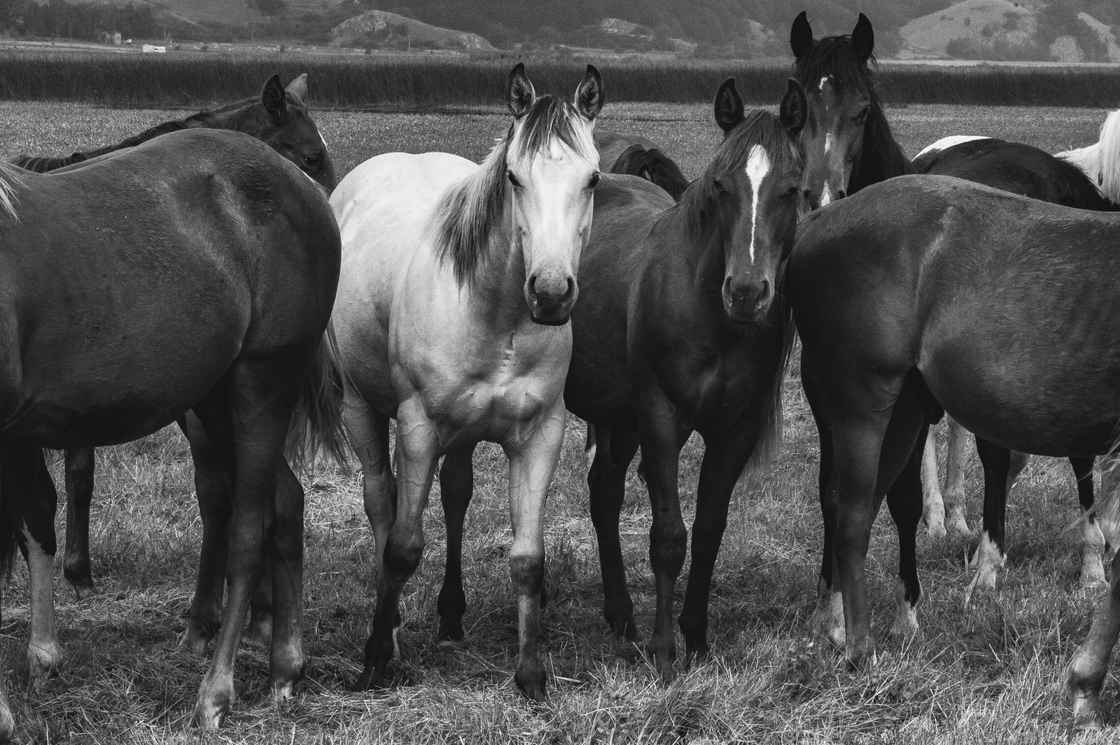
What creates these trusting relationships among leaders as well as the entire herd? It is a specific set of qualities which each horse possesses coupled with their skills and abilities. The qualities include their emotional regulation, their ability to set and keep boundaries without retaliation, their ability to notice their environment, and others around them, while having a keen sense of self-awareness at the same time. They have a healthy curiosity, and they know how to regulate their energy for conservation as well as effectiveness. They get big when needed, and rest when needed. They don’t hold onto things or waste energy on the past. They work from the present moment and do not challenge reality as it is, but shift to accommodate it.
All of this must exist in a state of consistency and congruence. The emotional regulation and self-awareness aid in creating a consistent pattern of behavior which the herd can trust. They know how their leader will show up and how they will respond. They do not need to walk on eggshells, or wonder if their leader even knows they showed up to work today. They can rely on the firm boundaries from their leader to create cultural expectations and a cone of safety. They know those boundaries extend to include the entire herd, and the leader will not allow funny business from outside or within.
The leader will protect them. Their leaders are always looking at the horizon for what is to come so they can be prepared, while creating space for the herd to commune, rest, eat, drink, and so on. They know each herd member well and know the strengths and weaknesses of every single individual. They mentor from within and grow their leaders. They protect the vulnerable at the center of the herd and honor their elders.
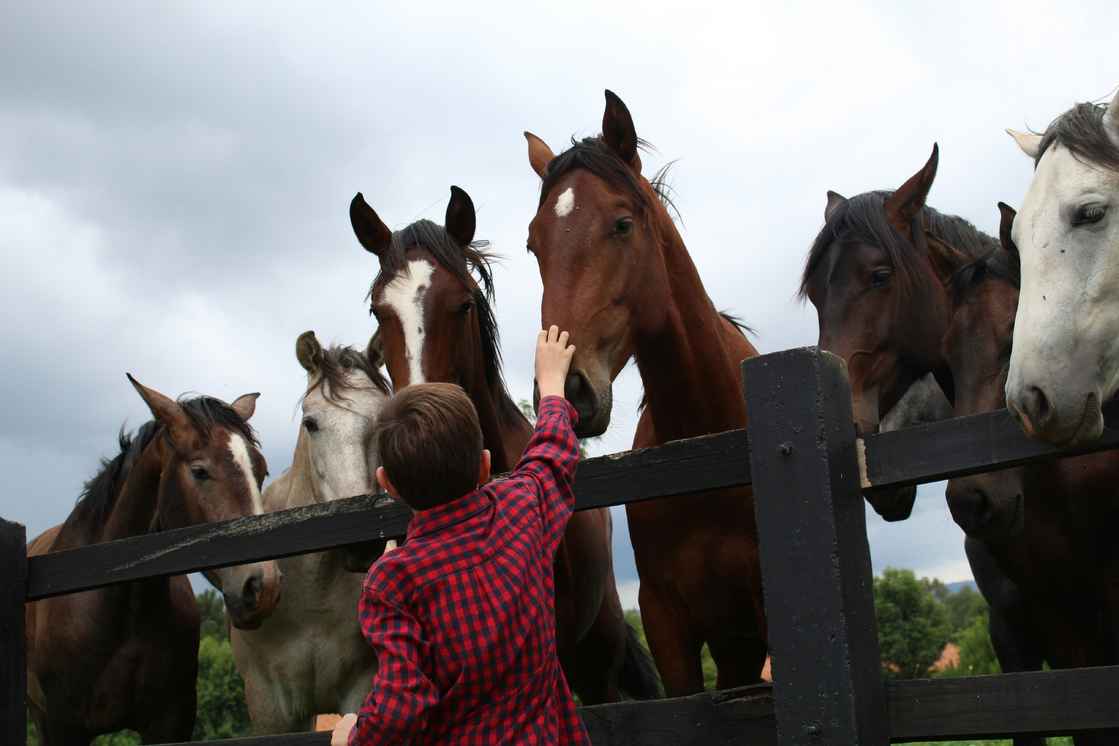
These actions and more create connection. There’s an alignment and attunement which occurs in healthy herds which also occurs in healthy human teams when these same needs are met.
The magic connection which happens between the individual steps of being a strong leader, and the combination of each component within the leadership team coming together to create alignment, boundaries, trust, attunement, awareness, insight, and emotional regulation builds the culture which sets the tone. That’s the magic current which runs through the power cord and illuminates the room.

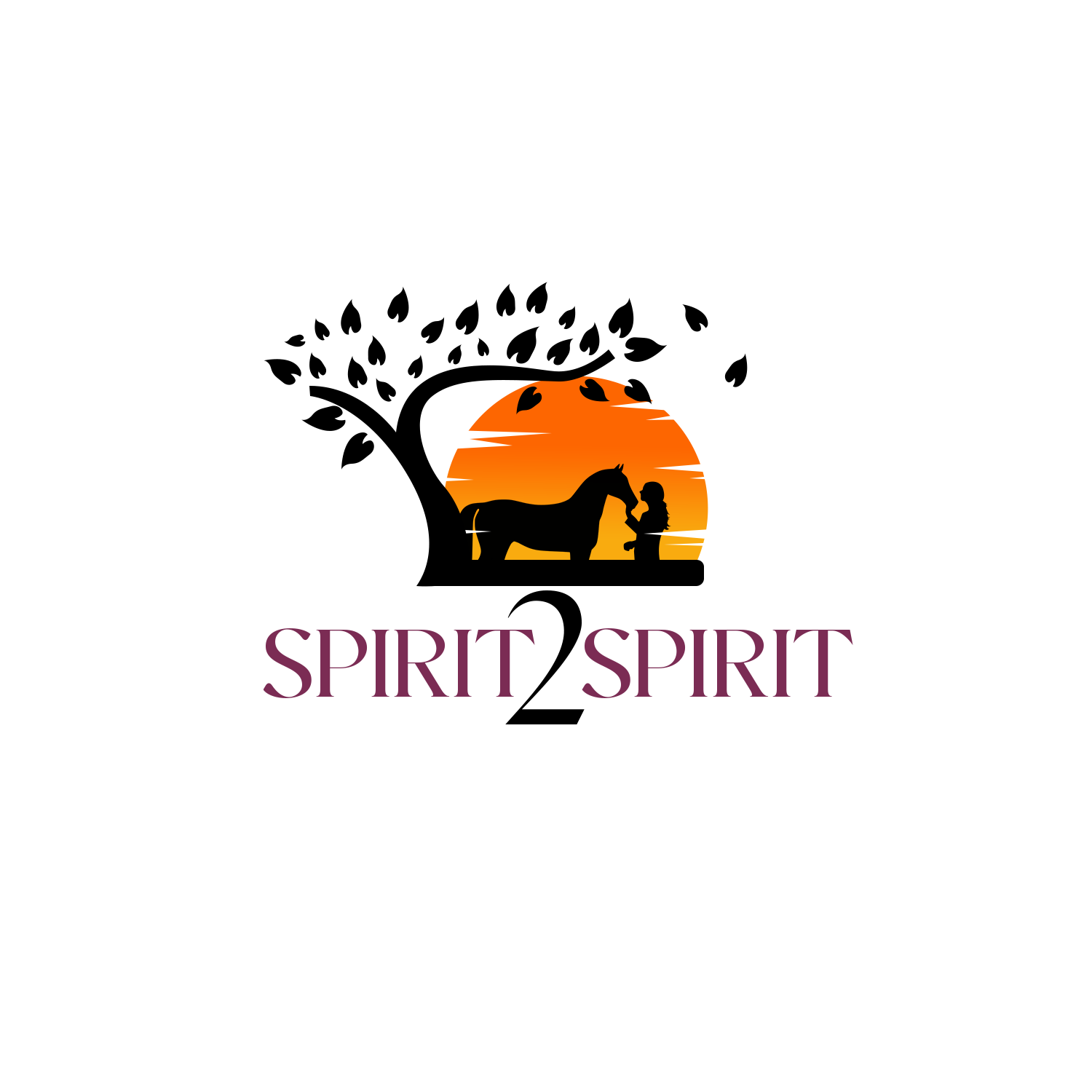
0 comments
Leave a comment
Please log in or register to post a comment